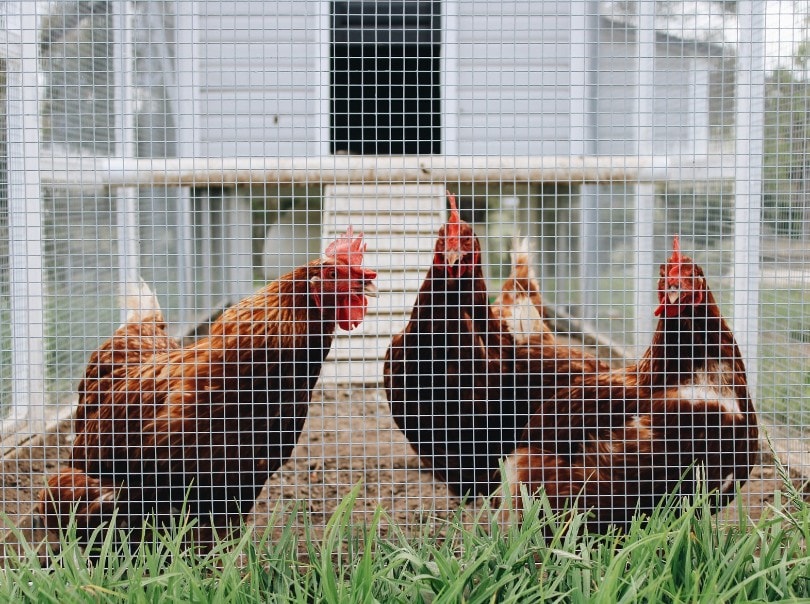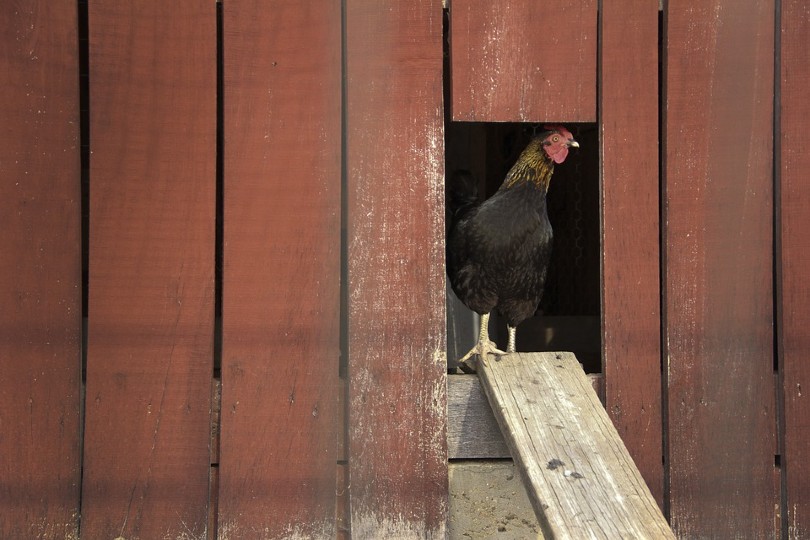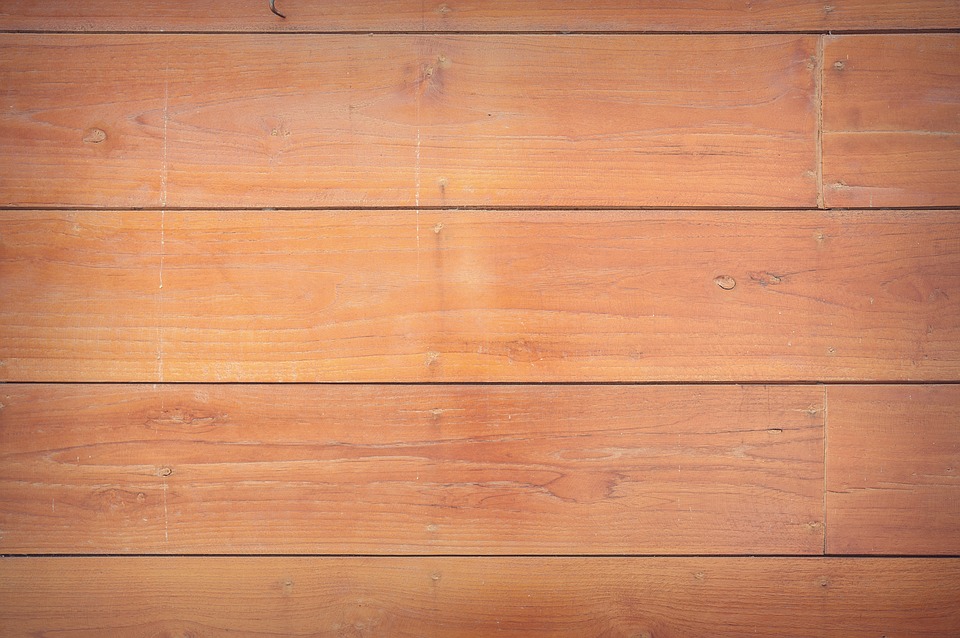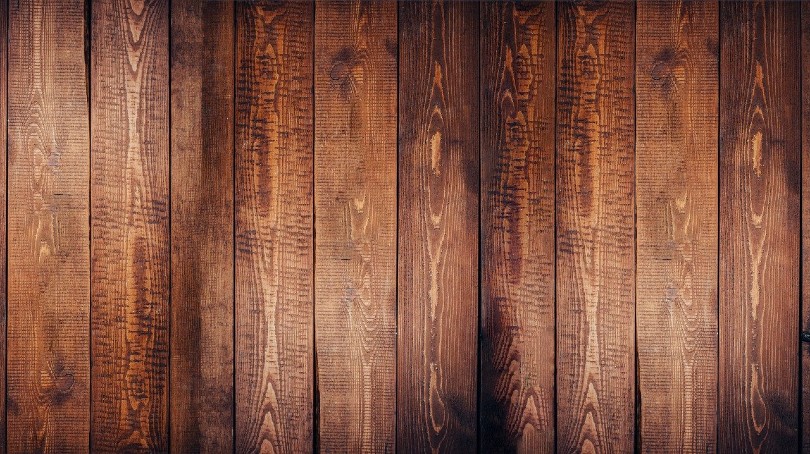

You have chickens and want to build them a coop to keep them safe from predators and the elements. Now you just need to decide what you are going to use to build your coop. Should you use softwood or hardwood? What about pressure-treated lumber or plywood? Are you sure you want to build your own or should you buy a prefabricated coop? Read on to find out more about the benefits of building your wooden coop and the best wood to use to build it.

Benefits of Building Your Coop
There are many benefits of building your chicken coop rather than buying a prefabricated one. Crafting your chicken coop allows you endless possibilities for customization. You can choose the size, style, and material that best fits your needs.
You can make your coop as simple or elaborate as you would like. It is important to keep in mind that your chickens don’t really need anything too fancy. As long as they have a place to stay warm and safe, they will be happy. Keeping this in mind will save you a lot of time and headaches!

Types of Wood
There are four main types of wood that are generally used to build chicken coops. These include softwood, hardwood, pressure-treated lumber, and plywood. The following describes each type of wood and lists the pros and cons for each. After reading this list, you will be able to decide on the best wood for your chicken coop building needs.
Softwoods

Description: Softwoods include hemlock, fir, pine, or spruce. Chicken coop builders like to use them because they do not pose a toxicity hazard for your chickens. Softwoods can also be less expensive than hardwoods.
If you elect to go with a softwood for building your chicken coop, you will need to apply a nontoxic paint, sealer, or stain. You can also apply a nontoxic wood stabilizer to increase the longevity of the wood.
If you do not use anything to protect the wood, it will rot. Applying material to help make it more weather resistant will lengthen the life of your coop.
It is important to choose your paints and stains carefully. Look for those labeled nontoxic to avoid the risk of making your chickens sick. As long as your paints or stains are nontoxic, you can choose any color you’d like for your coop.
One downside to using softwood is it is a more time-consuming process because you need to paint or stain your wood and then apply a sealer. If you choose to use a wood stabilizer, the process will take a little longer as the stabilizer needs to be applied and allowed to sit for several weeks before you can paint or stain it.
Pros
- Nontoxic option
- Less expensive
- Can paint any color
Cons
- More time consuming
- It may still rot if not sealed properly
Hardwoods

Description: Hardwoods include wood such as tropical hardwoods, redwood, and cedar. These woods are usually naturally rot-resistant, meaning you won’t have to spend the extra time sealing the wood to protect it from the elements. You also won’t have to worry about any toxic materials harming your chickens.
If you are using tropical hardwood, you will need to make sure it is FSC certified. The FSC, or Forest Stewardship Council, ensures forests are not over-harvested and that they retain biodiversity. Cedar also comes with some precautions. Most of the cedar used in construction is not rot-resistant as it is too young to have naturally developed that property. You will still have to apply a sealant to protect it.
Hardwoods can also be difficult to source and are more expensive than softwoods.
Pros
- Some are rot-resistant
- Nontoxic
Cons
- Pricey
- Difficult to source
- May still need to be treated for rot resistance
Pressure-Treated Lumber
Description: Pressure-treated lumber is a softwood that has been injected with chemicals to make it water and pest-resistant. This treatment lasts for several years. The best feature of pressure-treated lumber for chicken coops is the cost. It is generally less expensive than other soft or hardwoods.
However, the chemicals used to treat the lumber can be toxic for your chickens. Chickens tend to peck at the walls and frame of their coop. Any chemicals in the lumber can get onto their beaks and may make your chickens ill.
It may also cost more to buy nails and screws for a coop built out of pressure-treated lumber. One of the substances used to treat lumber is often copper. Copper causes faster erosion of other metals so you will need special galvanized screws and nails.
Pros
- Less expensive
- Widely available
Cons
- Can potentially leach toxins into the soil around your coop
- Wood can contain harmful toxins
- Higher cost of fasteners
Plywood

Description: There are several different types of plywood, ranging from cheap pressed board to marine-grade plywood. The pressed board type should not be used as it will swell and rot. If you use exterior, medium density, or marine-grade plywood, you will likely have better results. These are all hardier than the pressed board style. They do cost more but will last much longer.
Plywood will also need to be sealed to protect it from rot. It is generally recommended that you sand the plywood and then use at least two coats of a sealant or paint to protect it. This can be time-consuming, but it will ensure that your coop lasts longer.
Pros
- It is an affordable option
- Widely available
Cons
- Cheapest versions will rot
- Requires extra time and work to sand, paint, and seal

Things to Avoid
While you can use pine or cedar to make your chicken coop, both pine and cedar shavings can be toxic to chickens. Do not use these as bedding inside your coop. Also, make sure you are only using safe, non-toxic paints and stains on your chicken coop.

Conclusion
Hopefully, you now feel confident enough to pick the best wood for your chicken coop. Softwood treated with nontoxic sealants and paint is a great choice if you are willing to commit the time to do it right. The same is true of plywood. Hardwoods can be pricey but may be more convenient if time is limited. Pressure-treated lumber is an inexpensive option, but might not be best for your chickens in the long run due to the toxicity.
Featured Image Credit: The Brewers, Unsplash
Nicole is the proud mom of Baby, a Burmese cat and Rosa, a New Zealand Huntaway. A Canadian expat, Nicole now lives on a lush forest property with her Kiwi husband in New Zealand. She has a strong love for all animals of all shapes and sizes (and particularly loves a good interspecies friendship) and wants to share her animal knowledge and other experts’ knowledge with pet lovers across the globe.






